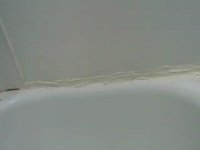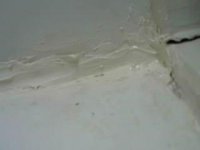bluemonkey
Member
- Joined
- Feb 2, 2017
- Messages
- 6
Hi, I hope I posted this in the right section. My plastic shower surround has a gap in it and every time I go to caulk the gap it peels right off after it cures. There is also some flexing but because I'm renting I cannot very well take the bath tub apart to fix the problem. I just want to fix my mistakes. I tried using silicone caulk and filling the bath tub half way and letting it cure, but didn't work. What am I doing wrong? The bath tub is acrylic or fiberglass I believe, and the shower surround is plastic if that helps. The bath tub is probably an American Standard. Maybe I'm using the wrong caulk? It's hard to say at this point and I wish I never went to redo the caulk in the first place because it's causing a huge headache for me [eek]



